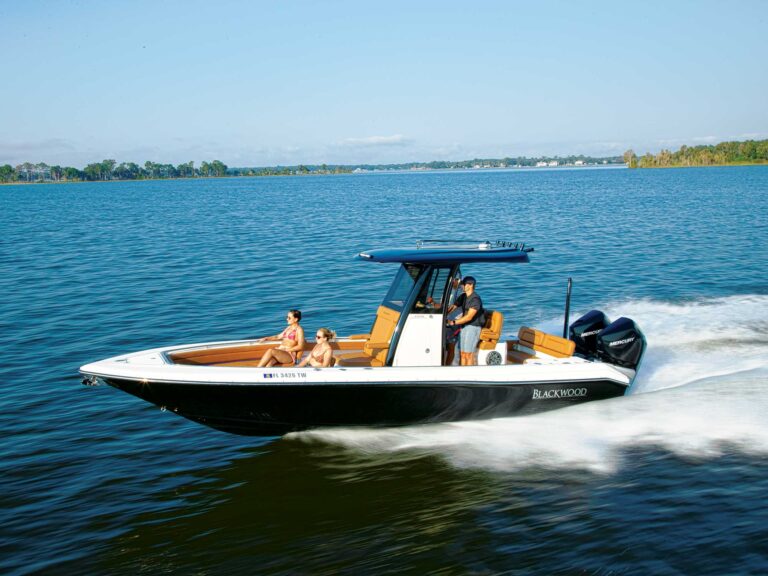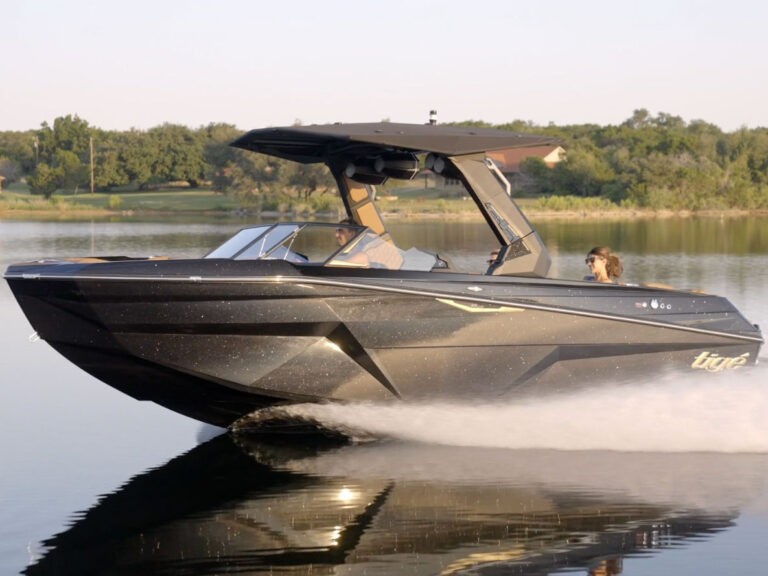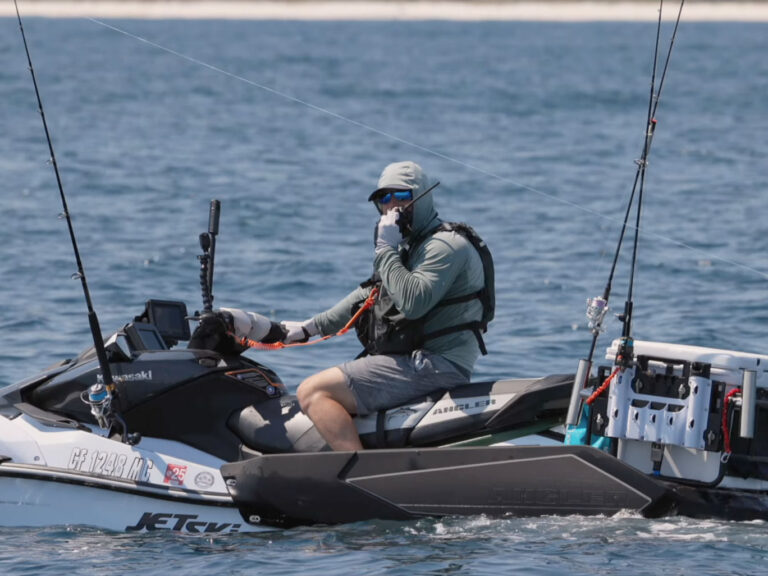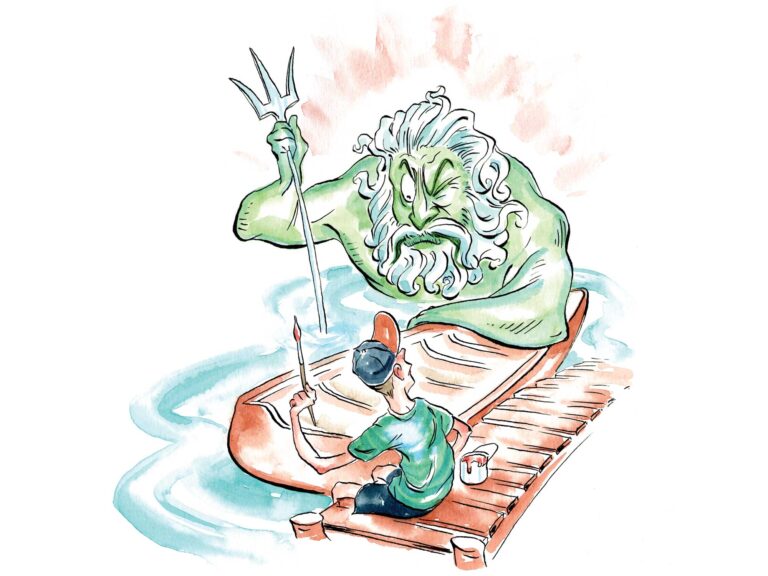A classic boat is a keen seductress. Try to resist the lean lines of her mahogany flanks, the soft rumble of her motor, the flare of her bow or the enticing curves of her barrel-back haunches. Beware that seduction, my friend, for she will draw you in, ruin your marriage and drain your bank account.

Especially if she’s a fixer-upper you find in a barn.
I got my fill of floating eye-candy this summer at the 42nd Annual Meeting of the

Antique & Classic Boat Society (ACBS), held at Reefpoint Marina in Racine, Wis., where there were about 120 boats in the water. The ACBS has about 7,000 members in 54 chapters, most scattered across the USA and Canada, “dedicated to the preservation and restoration of historic, antique and classic boats.”
My guide for the weekend was Dave Bortner, founder of Freedom Boat Service in Mound, Minn., a far-western suburb of Minneapolis on Lake Minnetonka, one of the classic-boat epicenters of the Midwest. Freedom Boat Service specializes in the restoration, maintenance and sale of Chris-Craft, Century, Gar Wood, Riva, Hacker and Lyman wood boats – how’s that for a chorus line of varnished beauty. Dave explained the vintage-boat hobby – for example, if it was built in 1942 or earlier it’s an antique; post-war is a classic – and dispelled a few myths about owning a vintage boat.

“It’s easy to get into a vintage boat at a reasonable price if you pick the right boat,” said Bortner, gesturing to an 18-foot 1940 Chris-Craft Sportsman he has brought down for the show. “It’s a pretty boat that went into production in 1937. Chris-Craft built hundreds of them in 1940 and brought the model back after the war. It was intended to be a family fun boat, and it’s still a boat you can do a lot with because it has a big, open cockpit.”
The owner was hoping to sell this example for $40,000. How much pontoon boat can you buy for that price? And Bortner says a serviceable example of the Sportsman (sea-worthy but not meticulously restored) can be had for about $20,000. The Sportsman is pretty enough to attract attention at the gas dock, with caulked mahogany on the aft and fore decks, a polished windshield frame and spotlight, and polished wood inwales. It seats three-across forward with a bench seat aft. The motorbox covers a reliable a 95-hp, Chris-Craft Marine Model K six-cylinder engine. This is a vintage runabout the entire family could enjoy every day.
But here’s the rub. Bortner says it cost $100,000 to restore this $40,000 boat.

“When a potential client comes to us with a restorable boat I always remind them there are no free puppies,” said Bortner. As a rule of thumb, an average vintage boat restoration will cost twice the ultimate value of the boat, which is why Bortner has his three-point “sales prevention talk” with those who bring him a real project.
1 Do you have an emotional attachment to the boat? If this was your grandfather’s boat; if you learned to ski behind this boat; if your father courted your mother in this boat, that emotional value will make the investment in restoration worthwhile. If not, Bortner advises selling the boat as-is and using that cash as a down payment on a boat that has already been restored. You will be time and money ahead.
2 You love this boat and it is so rare that it will be very hard to find a restored example.
“For example, a Chris-Craft Deluxe Runabout Barrelback is a boat that gets many people excited. Chris built many hundreds of the 17-foot model, several hundred of the 19-foot model, but only 31 examples of the triple-cockpit 23-footer,” said Bortner, “and of those perhaps 20 are in service today. So if you found a 23 in a barn its rarity makes it a desirable candidate for restoration. The restored example we have at the show is priced at $225,000.”
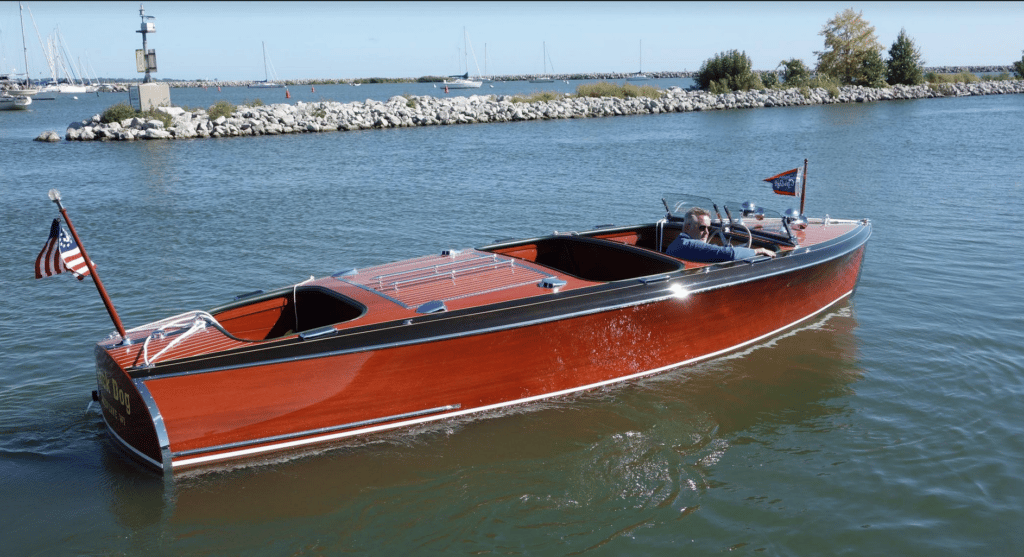
3 You are a person who simply loves a project.
“Some of our clients just enjoy the restoration process,” said Bortner. “We send updates with digital photos every two weeks. Some clients want to get involved in the project, hunting down parts, for example. Others just watch. And when it’s done so is the fun for them. They don’t care so much about the finished boat. They need another project.”
ACBS members I spoke to at the show offered this additional advice for those curious about owning a vintage boat:
Attend a regional ACBS show to meet collectors from your area and to gauge the scope of the hobby. Each of the 57 regions tries to have an annual event. Wander the docks and do not hesitate to engage an owner with questions about their boat. There is a story behind every boat and I found that the owners love to share that information. It’s as easy as asking, “Tell me about your boat.” Then be ready to chat for 30 minutes. Local ACBS members will be the foundation of your vintage-boat network.
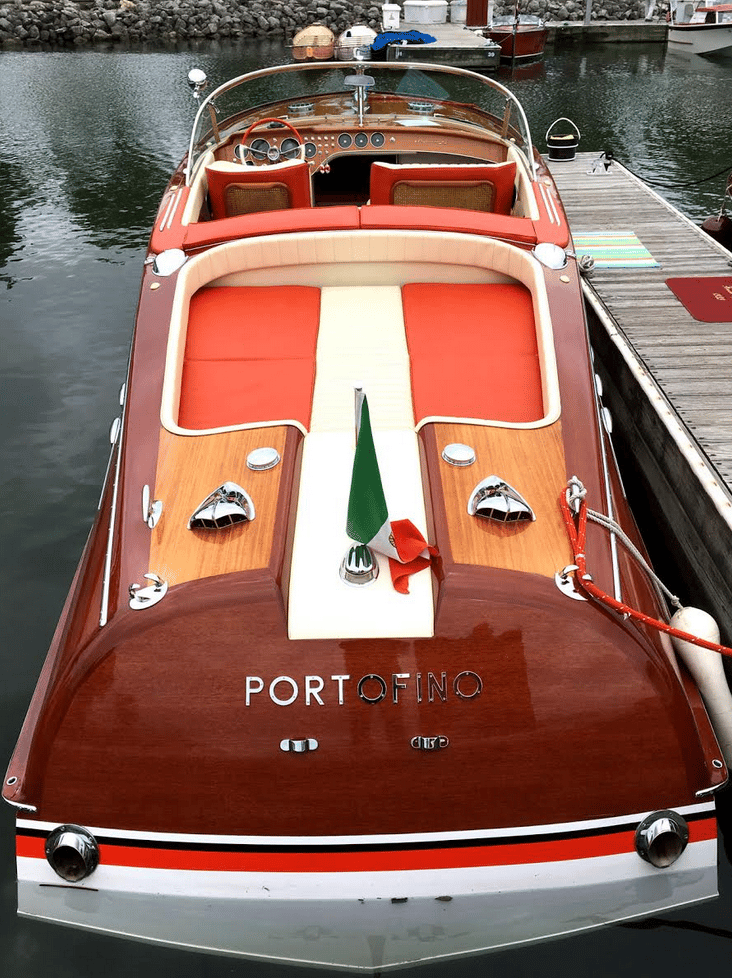
If you don’t live near an ACBS event, check out the society website, which has links to local chapters and related organizations, reports on shows and events … and a section with boats for sale!
Consider starting with an outboard-powered boat. Lap-strake and fiberglass runabouts from the boom-years of the mid-1950s often have some attractive brightwork and are fun to own. Solid examples go for less than $5,000. You can pick up a fettled period-correct Mercury or OMC outboard for less than $1,500, and perhaps spend another $1,000 on a new interior. This boat will be easy to trailer and to store.

The budget for maintenance is not as steep as I imagined. Bortner tells clients to figure spending 10 percent of the boat’s purchase price on maintenance annually. If the boat is stored on a covered lift, he says the varnished finish will last indefinitely.
A vintage boat is only as good as its bottom, and the bottom is frequently not good even when the boat looks great above the waterline. Before buying a wood classic or antique boat have the bottom inspected by an expert. Repairs are often extensive and expensive.

The future is fiberglass. The ACBS only started judging fiberglass boats a few years ago, but the organization realizes that the next generation of members may be too far removed from the era of vintage wooden boats to find much attraction there. Many of the early fiberglass boats from the late 1950s had bright wood on the gunwales and transom and will still draw a crowd at the gas station. There’s also growing interest in 1970s speedboats like the Chris-Craft XK19, Century runabouts, the Glastron GT 150 (the “Live and Let Die” jump boat) and any Glastron Carlson, metal-flake HydraStream speedsters and the early Donzi 16 and 18 runabouts.

Finally, I got this unsolicited feedback from more than one boat owner at the ACBS show: Before you let a vintage boat become your new obsession, make sure your spouse is on board with the time and money commitment. An old boat can be a compelling mistress.





